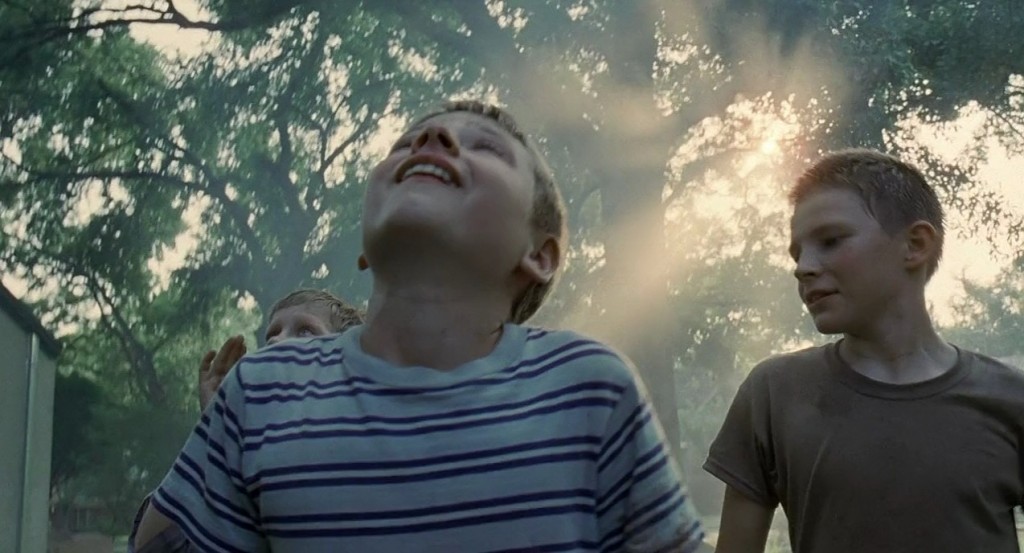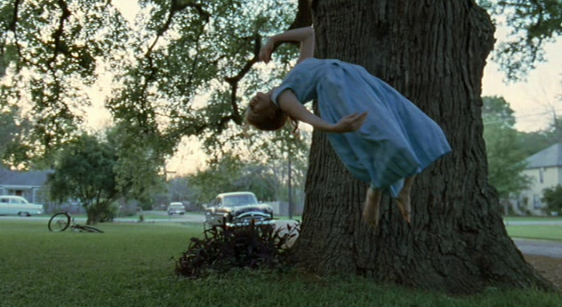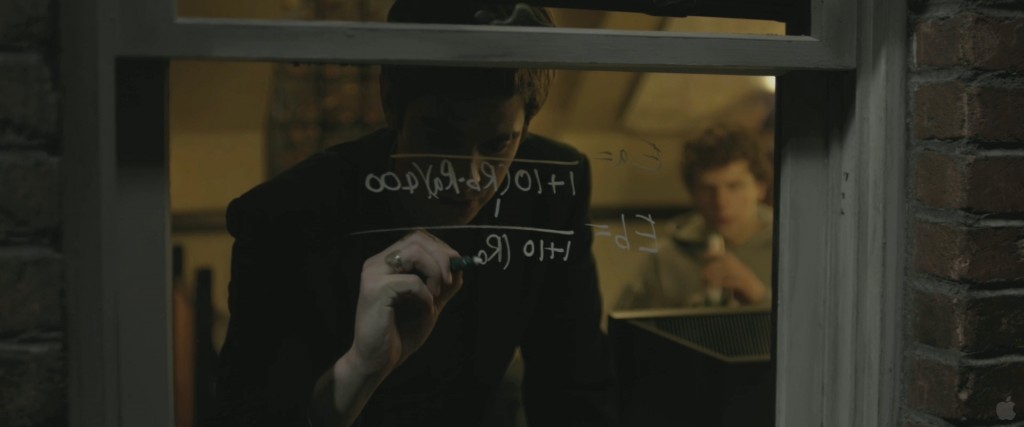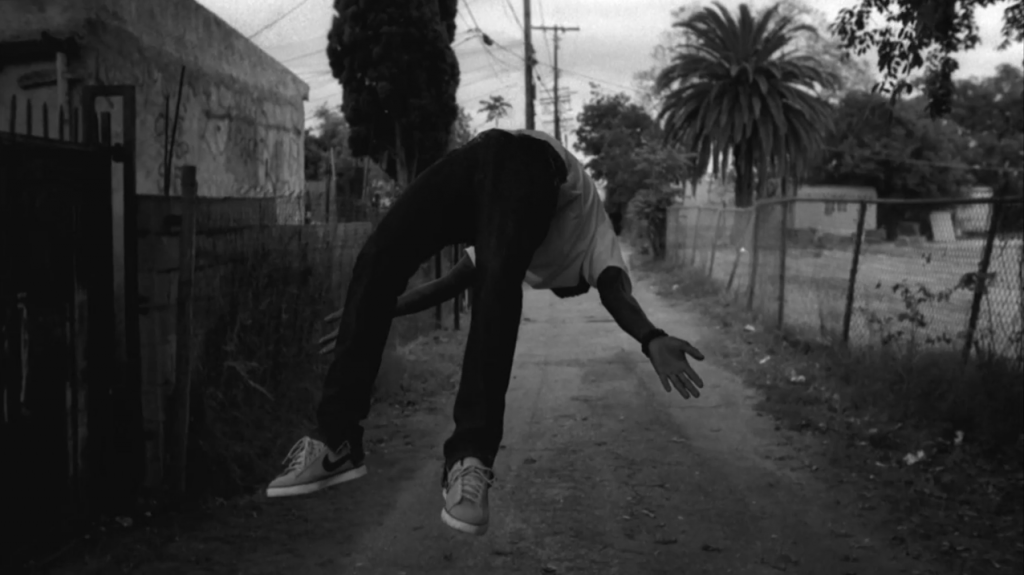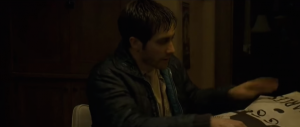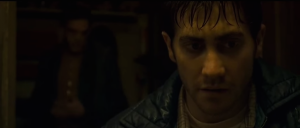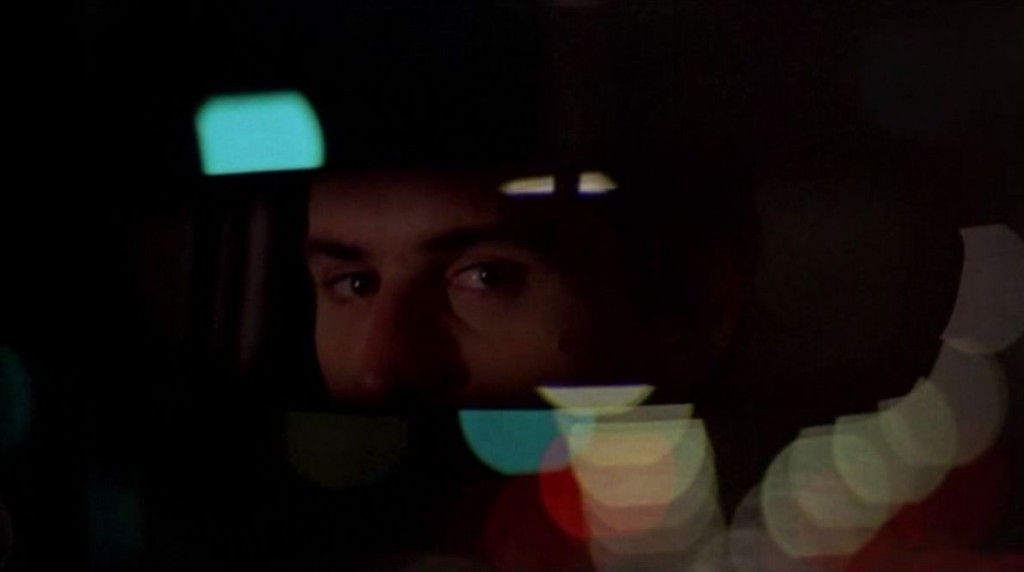MY METHOD OF WORKING PT.4
I have done some more research into Lubezki and Malick and they come up with some technical constraints to help preserve a certain style and aesthetic with the idea that “Art is made of constraints. When you don’t have any, you go crazy, because everything is possible.”
These constraints came to be
• Shoot in available natural light
• Do not underexpose the negative Keep true blacks
• Preserve the latitude in the image
• Seek maximum resolution and fine grain
• Seek depth with deep focus and stop: “Compose in depth”
• Shoot in backlight for continuity and depth
• Use negative fill to avoid “light sandwiches” (even sources on both sides)
• Shoot in crosslight only after dawn or before dusk; never front light
• Avoid lens flares
• Avoid white and primary colors in frame
• Shoot with short-focal-length, hard lenses
• No filters except Polarizer
• Shoot with steady handheld or Steadicam “in the eye of the hurricane”
• Z-axis moves instead of pans or tilts
• No zooming
• Do some static tripod shots “in midst of our haste”
• Accept the exception to the dogma (“Article E”)
I underlined the limitations that I liked or thought would be relevant. I think having limitations at the start would be beneficial as it would help have a continuous aesthetic which is something i want.

